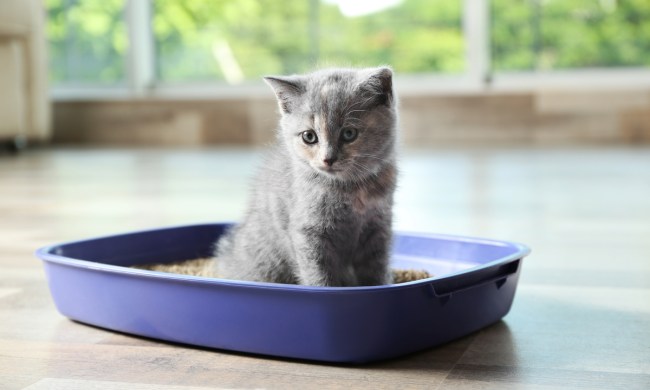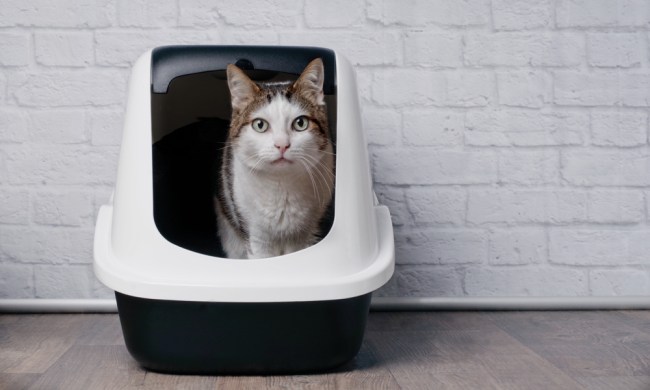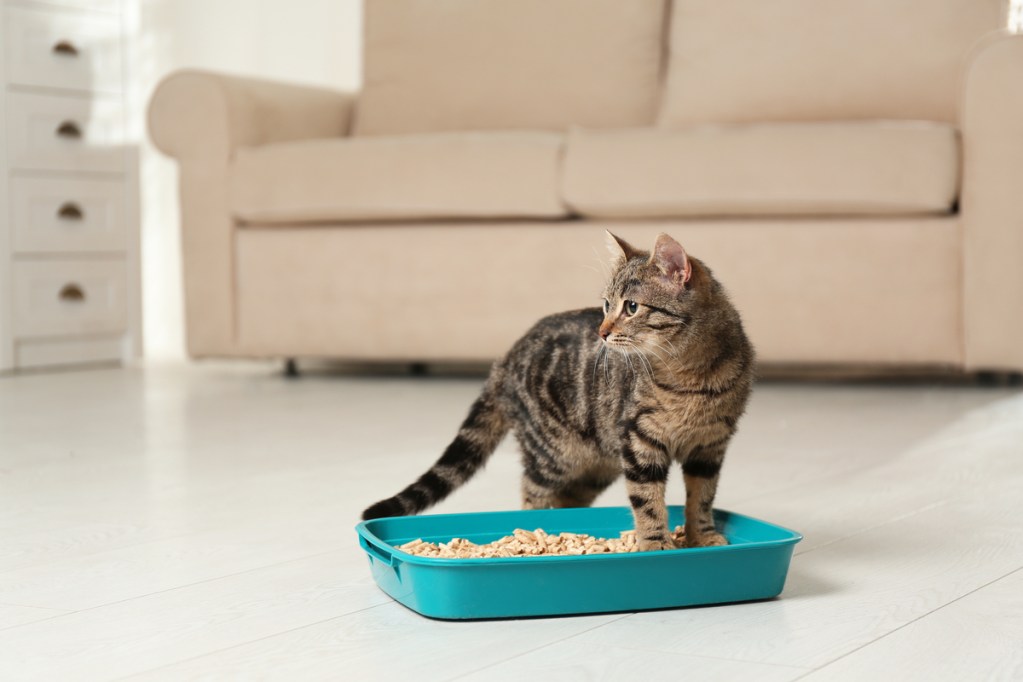
Cats are wonderful companions, but their litter boxes aren’t exactly pleasant. Litter boxes can be a hassle to clean, some cats throw litter everywhere, and the smells can be strong. Luckily, are plenty of tips and tricks that can make things easier, whether that’s using a different product or just changing your cleaning technique. These litter box hacks can save you time and money, but most importantly, they can save you and your cat a lot of frustration, too. Here are our 6 favorite litter box hacks for you to try out.
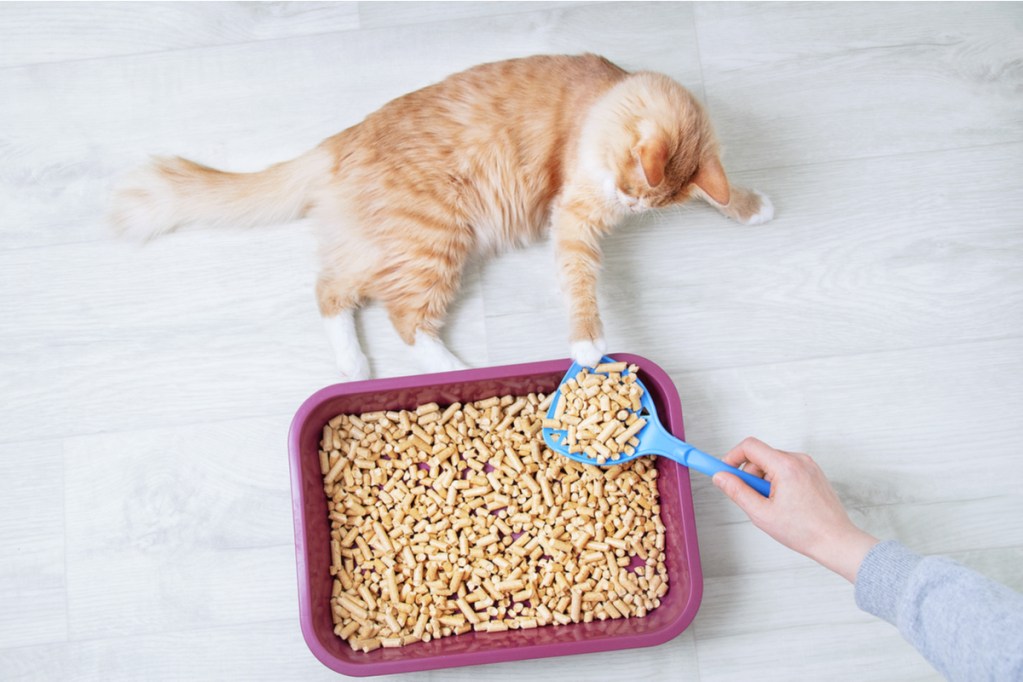
Use disposable liners
One of the best hacks to simplify cleaning a litter box is to use disposable litter box liners. These liners prevent the litter from coming into contact with and sticking to the box, and when you buy liners with drawstrings, you can lift the whole liner, including the litter, up and out of the box. There’s no scrubbing needed unless your cat scratched through a liner, so cleaning the box is faster and easier.
For liners to be effective, they need to fit your box well, so measure carefully and shop around until you find liners that are the right size. You might find that some brands are thicker and more durable than others, so don’t be afraid to try a few different options until you find a brand that’s right for your needs.
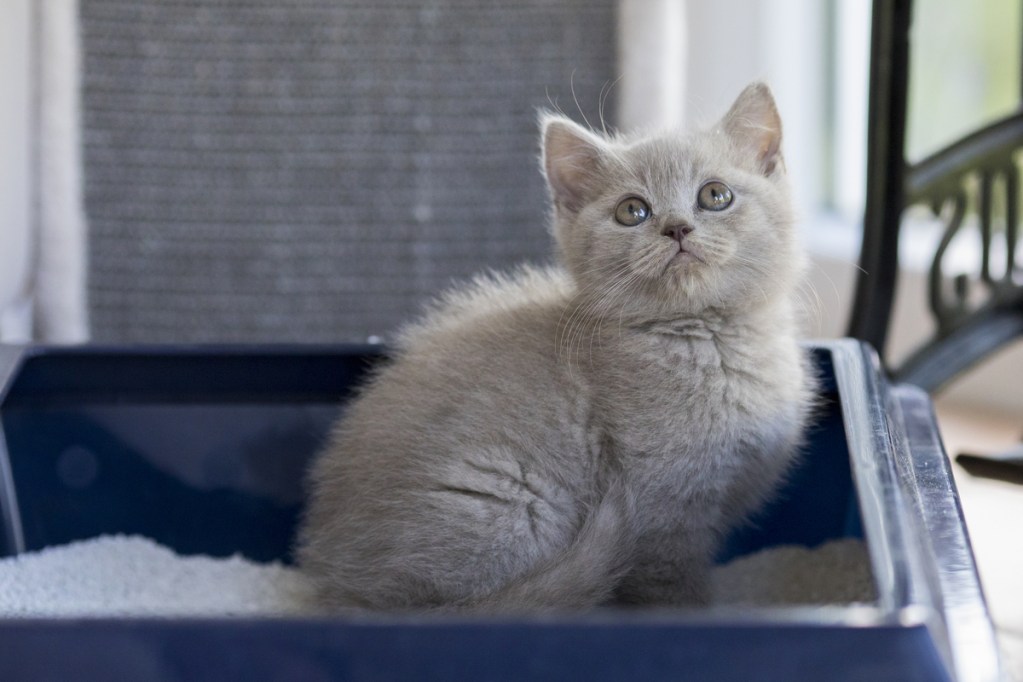
Try wipes from the store
If you hate the mess of scrubbing out a litter box with a sponge, give some cleaning wipes from the store a try. These wipes can be a lower-mess option, and you don’t have to worry about rinsing and storing a sponge.
If you try wipes, make sure that you purchase unscented wipes. Most cats aren’t wild about citrus smells, and you don’t want a heavily scented cleanser to drive your cat away from using the box. You can get extra-good deals on disposable wipes when you buy them in bulk or head to a dollar store.
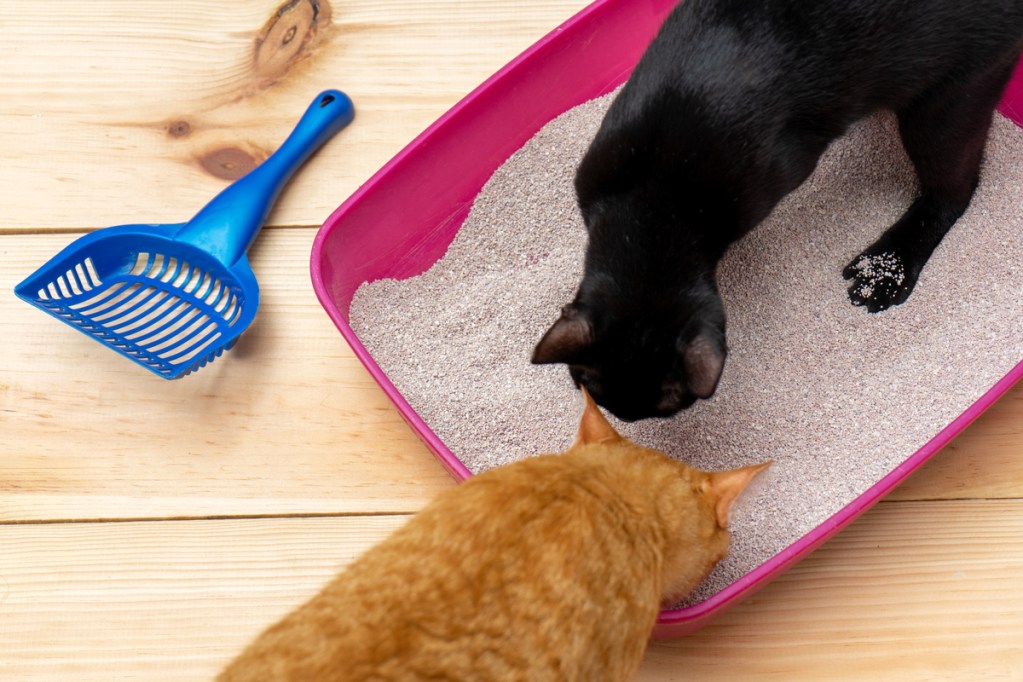
Make your own cat litter
If you’re tired of lugging big bags of heavy litter home from the store, it might be time to try making your own. You can make your own cat litter using old newspaper, dish soap, and baking soda.
Keep in mind that making your own litter isn’t exactly a time-saver. It’s a multi-step process and it will take a few days before the litter is finished. Making litter can be a good way to recycle newspapers and to avoid dealing with heavy store-bought litters.
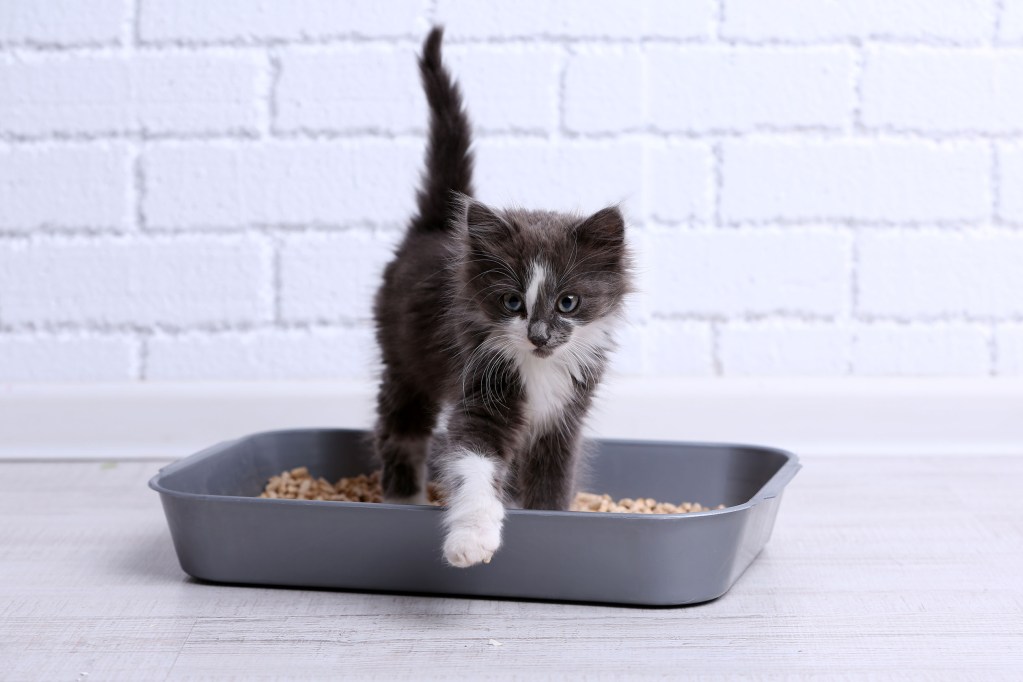
Use a metal scoop
If you’re tired of litter clumping up and getting caught on the scoop, it’s probably time to switch to a metal scoop. Metal scoops are stronger and more durable than plastic scoops, and litter doesn’t stick to them as it does to plastic scoops. Metal scoops will cost a bit more than plastic ones, but chances are you’ll be happy about this investment every time you go to clean your cat’s box.
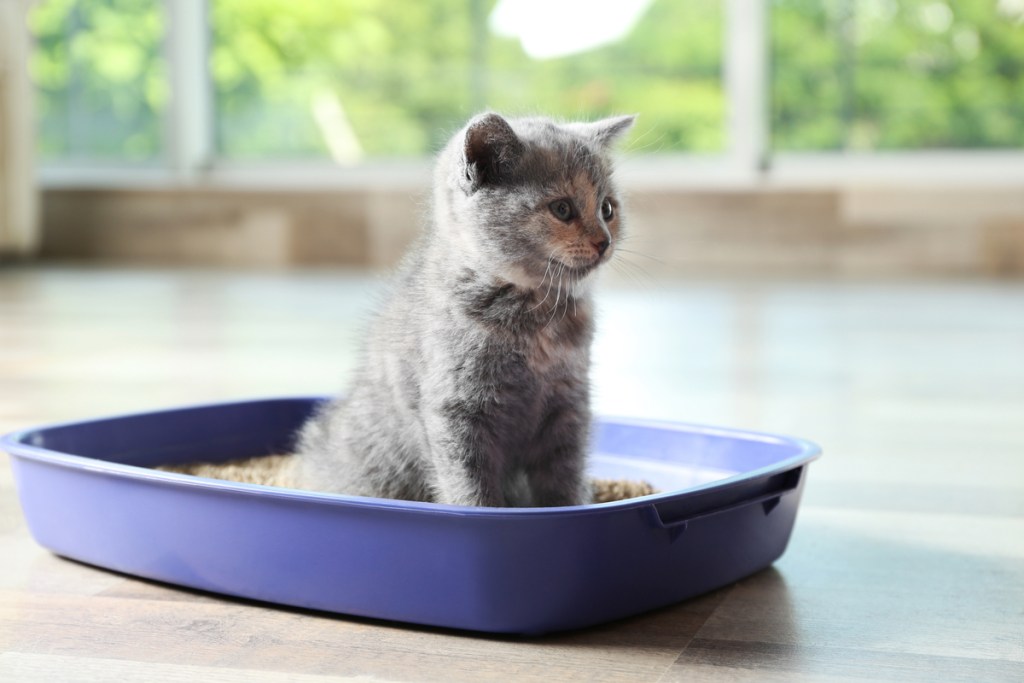
Use a plastic tote
Tired of your cat tracking litter all over the house, no matter how many litter-catching mats you put down? This last hack is our favorite, and it comes from the Animal Rescue Site. To start, you’ll need a large plastic storage tote that has room to contain your cat’s litter box, while also giving your cat space to walk in front of the box.
You’ll need to cut open a large hole in the tote that will serve as a doorway. Then, place your cat’s litter box inside, and line the front of the tote with litter-catching mats. Place another mat just outside of the tote to capture any excess litter.
The tote neatly contains your cat’s litter box, while helping to prevent your cat from spreading litter all over the house. It can be particularly effective if your cat enjoys digging around in his box and flinging litter around the room.
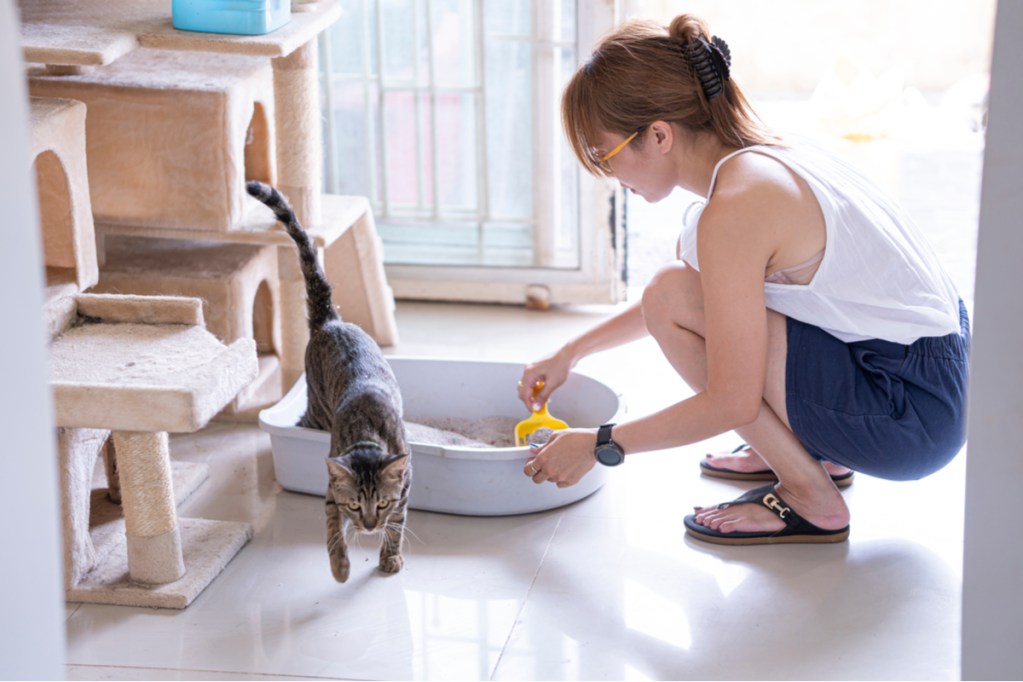
Add an extra litter box
Having more than one litter box may sound counterintuitive, but it can actually reduce the amount of time and effort it takes to clean them overall. For starters, having multiple litter boxes in different locations reduces the risk of your cat having an accident because it can’t get to the litter box fast enough. This is especially helpful if you have a kitten or an elderly cat, or if your cat is sick. Additionally, your cat’s business will be spread out across a couple of different litter boxes, meaning each litter box will be less dirty and will stay clean longer.
This hack is particularly useful if you’re traveling and leaving your cat at home. Even if you have someone coming over to clean their litter box, they likely won’t be cleaned as often or as thoroughly as they typically would. Having multiple litter boxes helps keep the mess from getting out of control, which is better for your cat’s health and your home!
Litter boxes can be a lot of work, but with a little experimentation, you can find a setup that works well for you. Start with these 6 litter box hacks and branch out from there – you never know what might work for you! You might need to try different litters and different box styles until you discover what is right for your cat, and what’s easy to clean. If you make these changes, be sure to gradually introduce them to your cat. Cats are highly particular about their litter boxes, so give your cat time to get to used to any of the changes that you’re introducing. This strategy will increase the chance of your cat accepting those changes.
